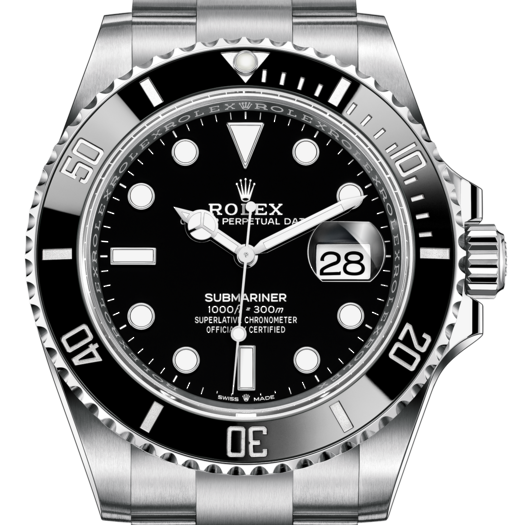Just bought the GWM 5610U-1C. It was a tough decision choosing between the DW5600 and this, ended up choosing this because the atomic time keeping is cool.
However, I’m a tad annoyed that the time doesn’t perfectly match with time.gov and time.is since the atomic sync doesn’t account for time propagation, so there’s like a fraction of a second delay that’s noticeable. Other than that, the watch is fantastic and has most features I would want. (I wish it had barometer and altimeter stuff, maybe even compass, and dive rated so I can press buttons underwater)


Unless time.whateverthefuck is running their own cesium clocks, which I doubt. The gshock should be more accurate when synced. 60khz radio waves sent by NIST travel at the speed of light. That is standard em radio propagation. Your computer meanwhile theoretically does, it runs through God knows many nodes, bounced around until it finally gets back to you. I guess they could try to establish your location and correct, but eh…
Now let’s talk about why your watch can’t transmit. Well it could, but you’d need to carry around a giant antenna and a few kilowatts worth of rms power generation to even be heard over normal background noise at any reasonable distance. The wwvb towers in Denver host an antenna that is electrically one quarter wavelength (1250meters) but obviously not actually that long because that’s 10x the towers. They use a series of coils and stretch horizontally to make up for the rest. They power this antenna 24/7 at 70kw. Part of the reason it’s in Denver is central location to the country for best average timekeeping. Height above ground also rules when it comes to radio waves.
Im not going to go into the code that’s actually transmitted because even as a HAM operator I don’t know it all myself, but just know that it uses a system of 1s and 0s by pulsing the carrier wave to tell ever clock that’s listening “it will be 2:35pm in… 3…2…1…NOW”. Feel free to watch this much less baked youtuber explain.
The reason your watch will always be off by the speed of light at best is the radio station doesn’t know where every single person is and can’t send out 300,000 signals to tell each one what their specific time is.
Let’s gloss over the fact that by the time the light gets from the screen to your eyes, it’s TECHNICALLY wrong anyways…
If your interested check out NIST and WWVB website. Thats actually one of the things that got me interested in radio. side note I always wear a radio controlled casio. Sometimes a g. Mostly a field style lcw m100.
It’s actually a ways north of Denver outside of Fort Collins. The signal is interesting, even has flags for daylight savings time, leap seconds, leap years.
https://www.nist.gov/pml/time-and-frequency-division/time-distribution/radio-station-wwvb/wwvb-time-code-format
Pretty amazing, the simplicity and robustness of this time signal. I’ll deal with a microscopic time lag versus having to mash buttons and twiddle crowns to set the time.
NTP accounts for latency.
NTP is actually pretty interesting, here is a computerphile video explaining it: https://youtu.be/BAo5C2qbLq8
I wouldn’t trust a cheap radio controlled wristwatch more than a NTP synced computer that’s synced to a good NTP server.
P.S I have the same watch and it does sync pretty damn well with time.is
Wow this is a wonderful comment. Thank you so much. This is probably the best it’s gonna get unless I get a bluetooth smartwatch type thing, which I’m not going to do.
However, could you explain why from my napkin calculations earlier today, where I used the the speed of radio waves, which from what I learned, is close to the speed of light, I got around .0045 seconds from colorado to the area of los Angeles. Yet from comparing my watch up against another screen with time.gov and time.is, I can visibly tell that it’s much greater than that, something like maybe 1/4 of a second off. Is it because of interference? What could cause this big jump in numbers?
Delays in network infrastructure. While most signals going between large nodes/hubs will be fiber optic, there’s quite a few old school copper connections between you and the time server that will slow things down. My ping to my closest node, with all my fiber and cat5e connections is still 20ms.
You’re probably better off using a cellphone time than a desktop computer to a website, since the cell network accounts for the difference in time dilation between us and the satellites (Einsteinien relativity amitright?) supposedly well enough for network infrastructure to work.
You’re also getting to “is the processor in the watch fast enough” territory. That’s a bit beyond me though.
The watch would be radio controlled so the delay wouldn’t be determined by the network infrastructure but by the interference in the air. The watch’s stopwatch can do split second 1/100 so surely it is precise enough. I’m leaning towards this being an issue of interference.